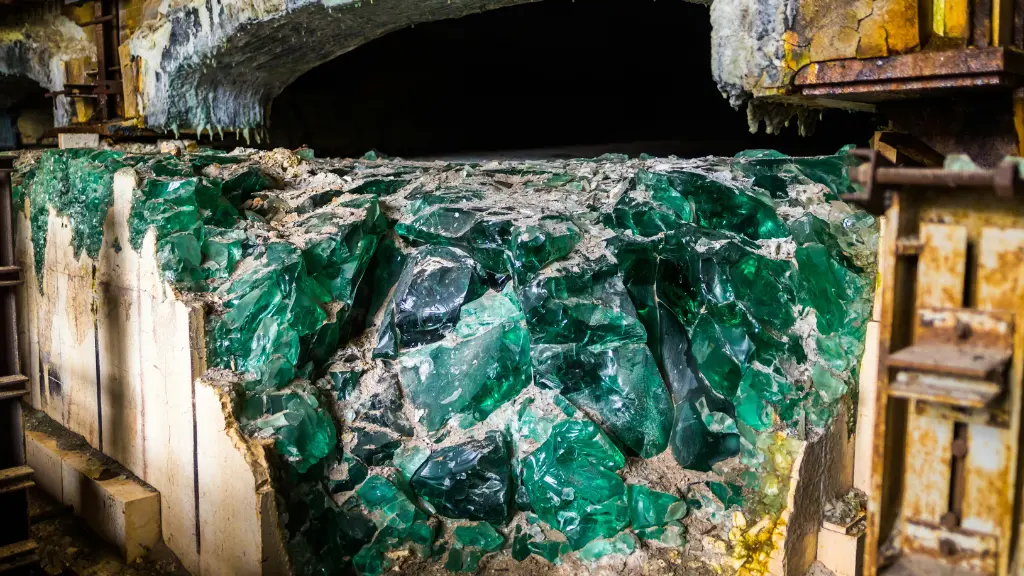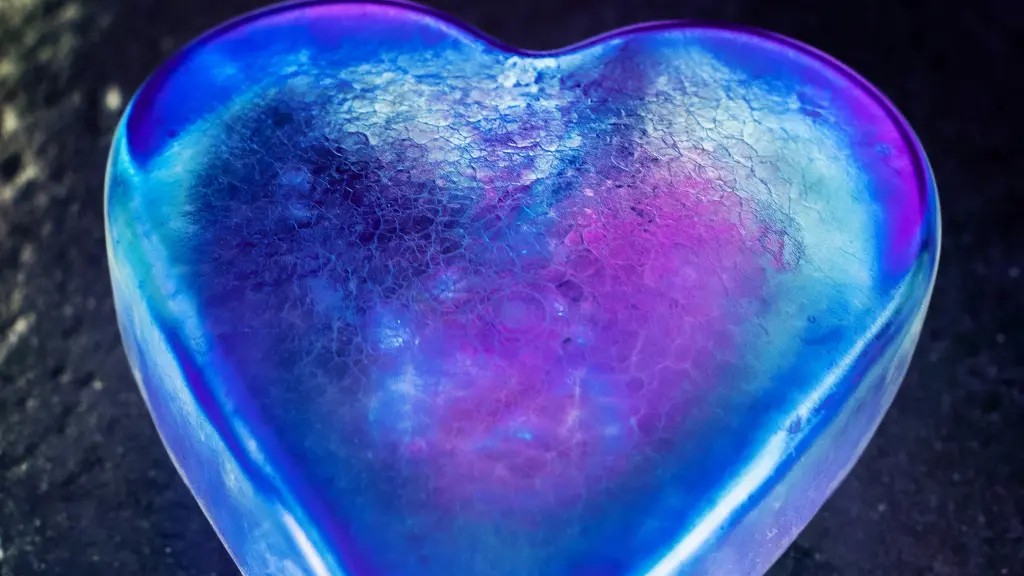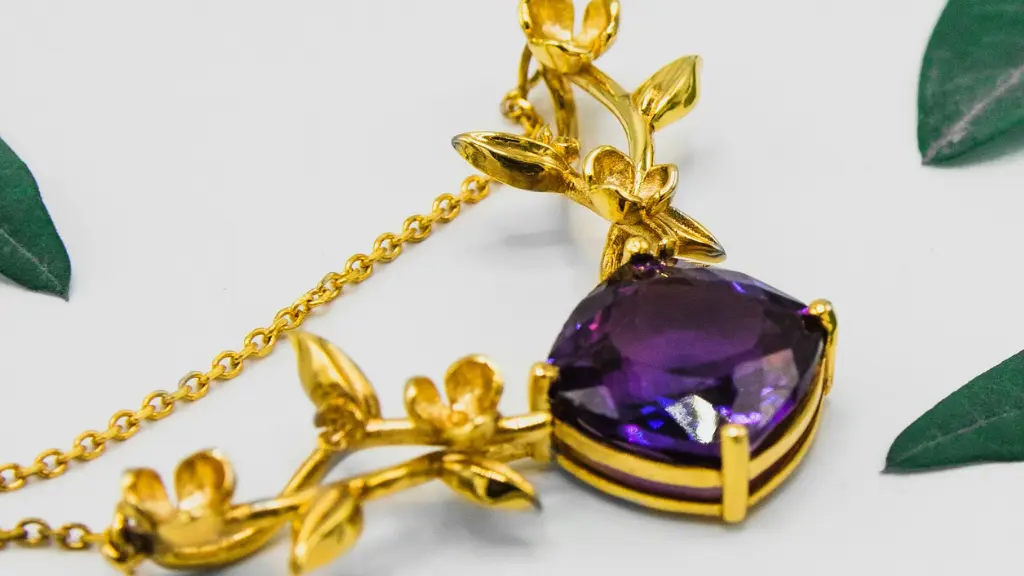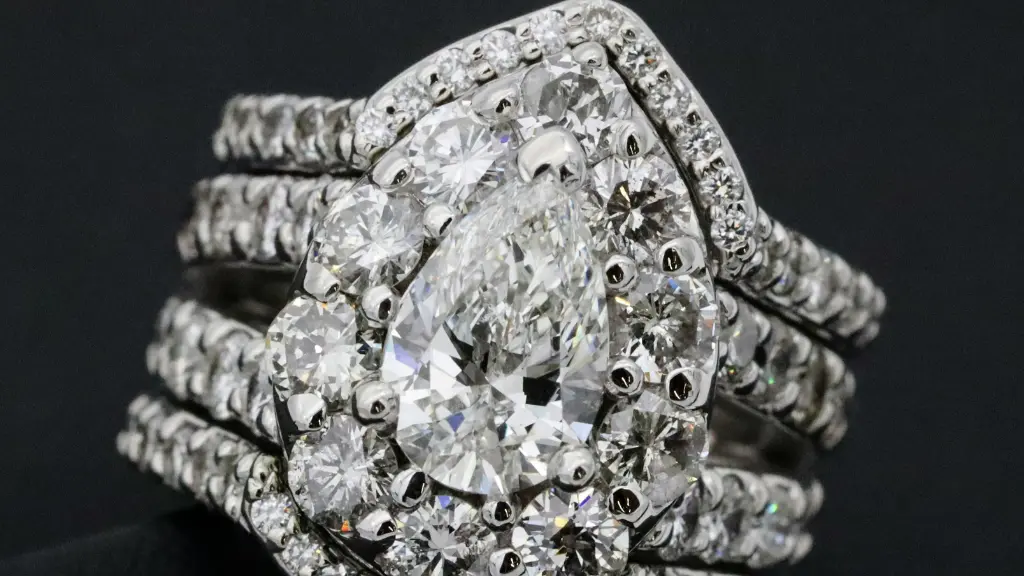
I recently stumbled upon a fascinating gemstone called Painite. It is a rare mineral that was first discovered in Myanmar in the 1950s. Painite is known for its striking orange-red to brownish-red color and its exceptional rarity, with only a handful of known specimens in the world.
Painite is composed of calcium, zirconium, boron, aluminum, and oxygen, and is classified as a member of the pyroxene family. Its unique chemical composition and crystal structure make it one of the rarest gemstones on earth, with only a few hundred known specimens in existence. In fact, for many years, Painite was considered to be the rarest gemstone in the world, until new discoveries of other rare stones such as Serendibite and Grandidierite were made. Despite this, Painite remains one of the most sought-after gemstones for collectors and enthusiasts alike.
History of Painite

Painite was first discovered in Myanmar (formerly Burma) in the early 1950s by British mineralogist Arthur C.D. Pain. Painite was initially thought to be a ruby, but further analysis revealed that it was a new mineral species. The mineral was named after Arthur C.D. Pain to honor his contribution to the field of mineralogy.
The initial discovery of painite was a significant event in the mineral world, as it was the first to be found in decades. Painite remained a rare mineral for many years, with only a few specimens known to exist. However, in the 1990s, a new deposit of painite was discovered in Myanmar, which increased the availability of the mineral.
Today, painite is still considered to be one of the rarest minerals in the world, with only a few hundred specimens known to exist. The mineral is highly sought after by collectors due to its rarity and striking appearance. Painite is usually found in shades of red, brown, and orange, and is often characterized by its hexagonal crystal structure.
In recent years, there have been concerns about the ethical sourcing of painite due to the ongoing conflict in Myanmar. Some collectors and dealers have made efforts to ensure that the painite they acquire is ethically sourced and does not contribute to the conflict. However, the issue remains a complex one, and the ethical implications of painite mining are still being debated.
Physical and Chemical Properties
Crystal Structure

Painite is a rare borate mineral with the chemical formula CaZrAl_9O_15(BO_3). It was first discovered in Myanmar in the 1950s and has since been found in other parts of the world. Painite has a unique crystal structure that is orthorhombic, meaning it has three axes of different lengths that are at right angles to each other.
Color Variations
Painite is typically a reddish-brown color, but can also be orange, pink, or purple. The color variation is due to the presence of different impurities in the crystal structure. The most common impurity is iron, which gives painite its reddish-brown color.
The hardness of painite is 8 on the Mohs scale, making it one of the hardest minerals in the world. It also has a high refractive index, which means it has a strong ability to bend light.
In terms of chemical properties, painite is resistant to acids and is not easily dissolved in water. It also conducts electricity well and has a high melting point.
Overall, painite’s unique crystal structure and color variations make it a fascinating mineral for collectors and researchers alike.
Sources and Locations

Painite is an extremely rare mineral, and as such, only a few locations in the world have been discovered where it can be found. The majority of painite specimens have been found in Myanmar (formerly known as Burma), where it was first discovered in the 1950s.
In Myanmar, painite is found in the Mogok Stone Tract, which is known for producing some of the world’s finest rubies and sapphires. Painite is typically found in association with other minerals, such as spinel, zircon, and garnet, in the marble and limestone of the region.
Outside of Myanmar, painite has also been found in a few other locations around the world. In 2005, a small deposit of painite was discovered in the Kachin State of Myanmar. Painite has also been found in northern Tajikistan, where it occurs in association with ruby and spinel. Additionally, small amounts of painite have been found in Sri Lanka, Canada, and Madagascar.
Due to its rarity, painite is highly sought after by collectors and enthusiasts alike. Its limited supply and high demand have made it one of the most valuable gemstones in the world. However, it is important to note that the mining and trade of painite has been associated with human rights abuses and environmental damage in Myanmar, and as such, responsible sourcing of painite is crucial.
Painite Jewelry

As a rare and highly sought-after gemstone, painite is a popular choice for jewelry. Its unique reddish-brown color and exceptional hardness make it a valuable addition to any collection.
Painite Ring
Painite rings are a popular choice for those looking to add a touch of elegance to their attire. The gemstone’s rich color and brilliance make it a stunning centerpiece for any ring design. Painite rings come in a variety of styles, from simple solitaire settings to more elaborate designs with accent stones.
Painite Engagement Ring
For those looking to make a statement, a painite engagement ring is an excellent choice. The gemstone’s rarity and beauty make it a symbol of love and commitment that is sure to be treasured for a lifetime. Painite engagement rings can be customized to suit any style, from classic to modern.
Painite Wedding Ring
A painite wedding ring is a unique and meaningful way to celebrate your love. The gemstone’s rarity and durability make it a perfect choice for a ring that will be worn every day. Painite wedding rings can be designed to match your personal style and preferences, making them a one-of-a-kind piece of jewelry.
In conclusion, painite jewelry, including painite rings, painite engagement rings, and painite wedding rings, are a stunning and valuable addition to any collection. With their unique color and exceptional hardness, painite gemstones are sure to be treasured for years to come.
Purchasing Painite
Identifying Authenticity

When purchasing painite, it is important to ensure that the gemstone is authentic. Due to the rarity of painite, there have been cases of fake painite being sold in the market. To avoid purchasing a fake painite, it is recommended to only purchase from reputable and certified gemstone dealers.
One way to identify the authenticity of painite is to look for its characteristic red color. Painite is known for its vibrant red color, and if the color appears dull or faded, it may not be authentic. Another way to identify the authenticity of painite is to check for its hardness. Painite is one of the hardest minerals, and if the gemstone appears to be easily scratched or damaged, it may not be authentic.
Price Considerations
Painite is one of the rarest gemstones in the world, and as a result, it commands a high price in the market. The price of painite can vary greatly depending on factors such as its color, clarity, and carat weight. On average, painite can cost anywhere from $50,000 to $60,000 per carat.
When purchasing painite, it is important to consider the price carefully and ensure that it is within your budget. It is also recommended to compare prices from different gemstone dealers to ensure that you are getting a fair price.
If you are interested in purchasing painite jewelry, it is important to ensure that the painite is set in high-quality materials such as gold or platinum. This will not only enhance the beauty of the gemstone but also ensure its longevity.
Overall, purchasing painite can be a worthwhile investment for collectors and enthusiasts. By following the tips mentioned above, you can ensure that you are purchasing an authentic painite gemstone at a fair price. If you are interested in purchasing painite jewelry, it is recommended to consult with a certified gemologist to ensure that you are making an informed decision.
Care and Maintenance

As an owner of painite jewelry, I know how important it is to take proper care of it to keep it looking its best. Here are some tips on how to maintain your painite jewelry:
Avoid exposing your painite jewelry to harsh chemicals such as bleach, chlorine, and other cleaning products. These chemicals can damage the gemstone and cause it to lose its luster.
Store your painite jewelry in a soft pouch or a jewelry box to prevent it from getting scratched or damaged. Keep it away from other jewelry to prevent it from getting tangled or rubbing against other pieces.
Clean your painite jewelry regularly with a soft cloth and mild soap and water. Avoid using abrasive cleaners or brushes as they can scratch the surface of the gemstone.
Take your painite jewelry to a professional jeweler for cleaning and inspection at least once a year. They can check for any damage or loose settings and make necessary repairs.
By following these simple tips, you can ensure that your painite jewelry remains beautiful and sparkling for years to come.
Investment Potential

As an investor, I have been keeping a close eye on the painite market. Painite is a rare mineral that has been gaining popularity among gemstone collectors and investors alike. The rarity of this mineral has turned it into one of the priciest gemstones globally, with costs ranging from $50,000 to $60,000 per carat.
Investing in painite can be a lucrative opportunity for those who are willing to take a risk. However, it is important to note that the painite market is still relatively new and volatile. The price of painite can fluctuate greatly depending on supply and demand, and it is not uncommon for prices to drop suddenly.
Despite this, the demand for painite is increasing rapidly, especially among collectors and investors in Asia. This demand is expected to continue to grow, which could lead to a further increase in the price of painite.
It is also worth noting that painite is a durable gemstone, making it a good investment for those looking to hold onto it for a long time. Additionally, painite is a rare gemstone, and the limited supply of it means that it is unlikely to lose its value in the future.
Painite in Popular Culture
As a rare and highly valuable mineral, painite has captured the attention of popular culture in various ways. Here are some examples:
Video Games: Painite is often featured in video games as a rare and valuable resource. For instance, in the game “Elite Dangerous”, painite is a highly sought-after commodity that can be mined from asteroids and sold for a high price. Similarly, in the game “No Man’s Sky”, painite is a rare mineral that can be found on certain planets and used to craft advanced technologies.
Jewelry: Painite’s rarity and beautiful color make it a popular choice for jewelry. It has been used to create unique and expensive pieces, including engagement rings and necklaces.
Movies and TV Shows: Painite has also been mentioned in various movies and TV shows. For example, in the TV show “Warehouse 13”, painite is described as a powerful artifact that can grant immortality. In the movie “The Core”, painite is mentioned as a mineral that can be used to create a powerful energy source.
Conclusion
Overall, investing in painite can be a smart move for those who are willing to take a risk. Nonetheless, conducting thorough research and gaining a clear understanding of the market are crucial steps before making any investment decisions.

Overall, painite rarity and unique properties have made it an interesting and valuable mineral that has captured the attention of popular culture in various ways. See also this related article: Peridot Necklace: The Perfect Accessory for Any Occasion.
Since 2015, Gustavo has been leaving an indelible mark on the digital landscape, leveraging his innate talent and unwavering commitment to produce high-quality articles for a diverse array of websites and portals.
Pingback: Blue Spinel: A Rare and Beautiful Gemstone - Gem Pro Services